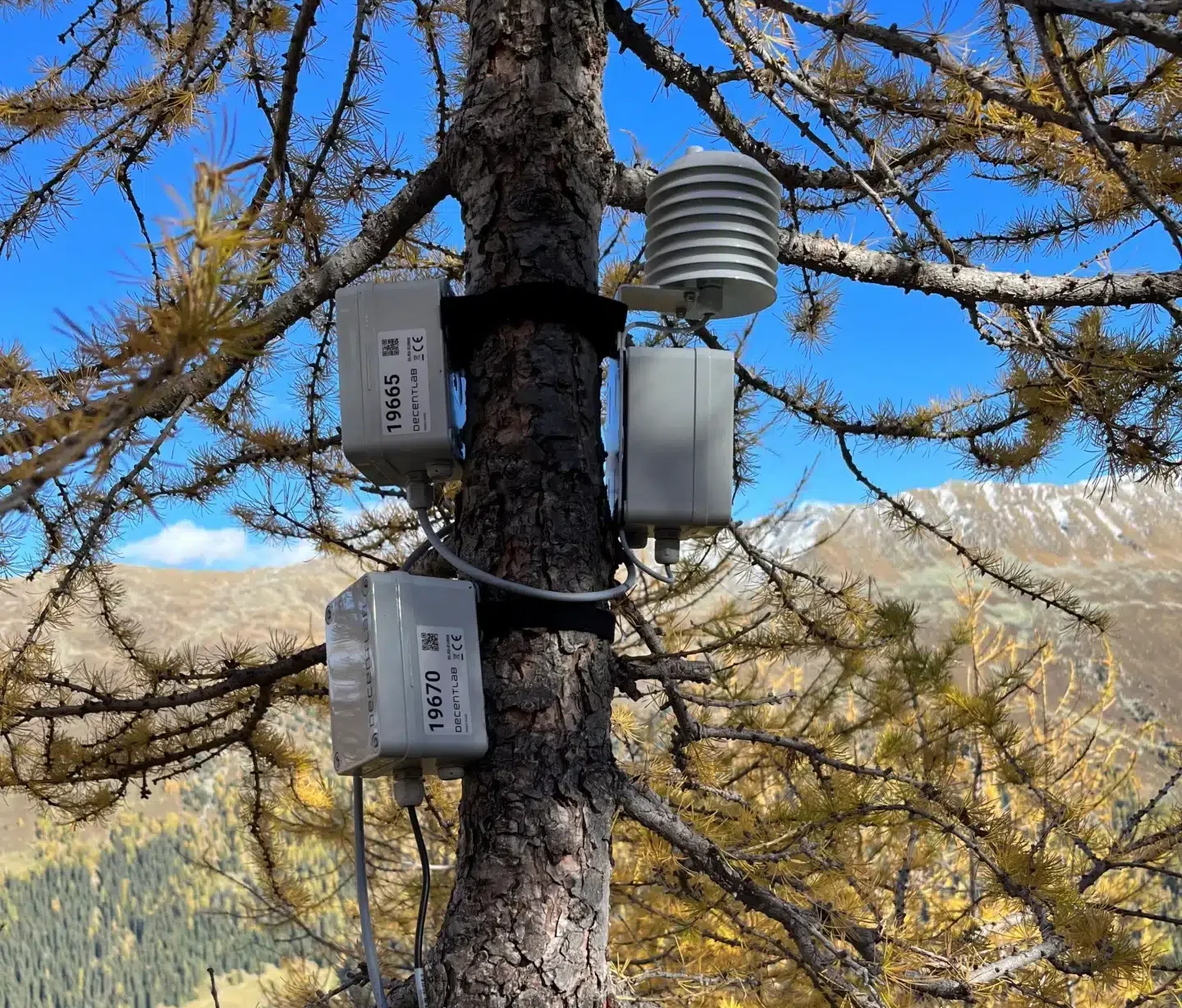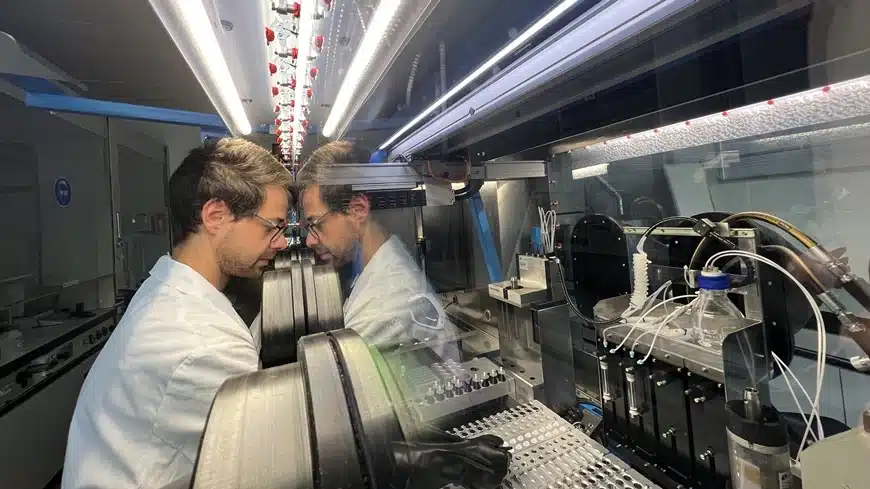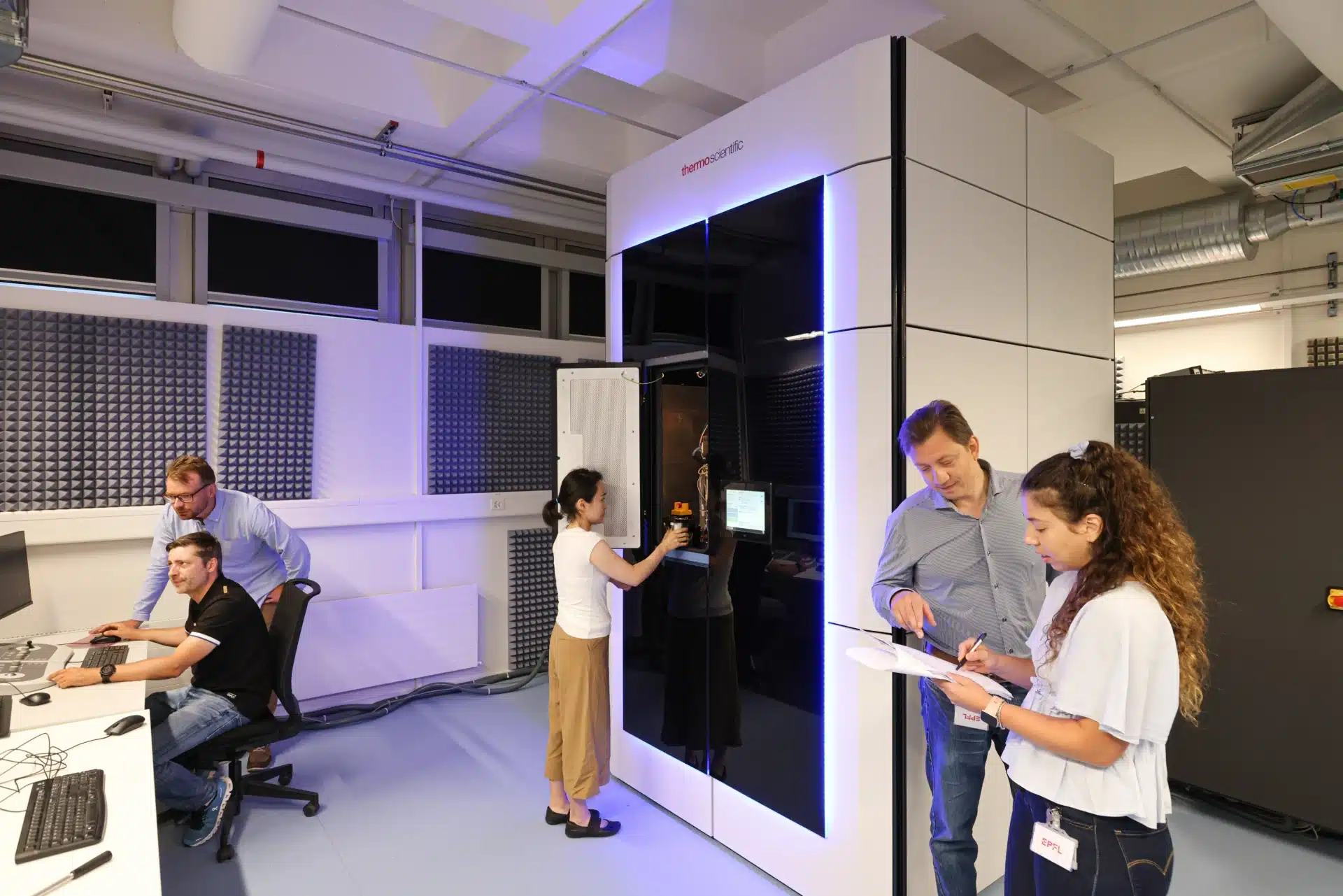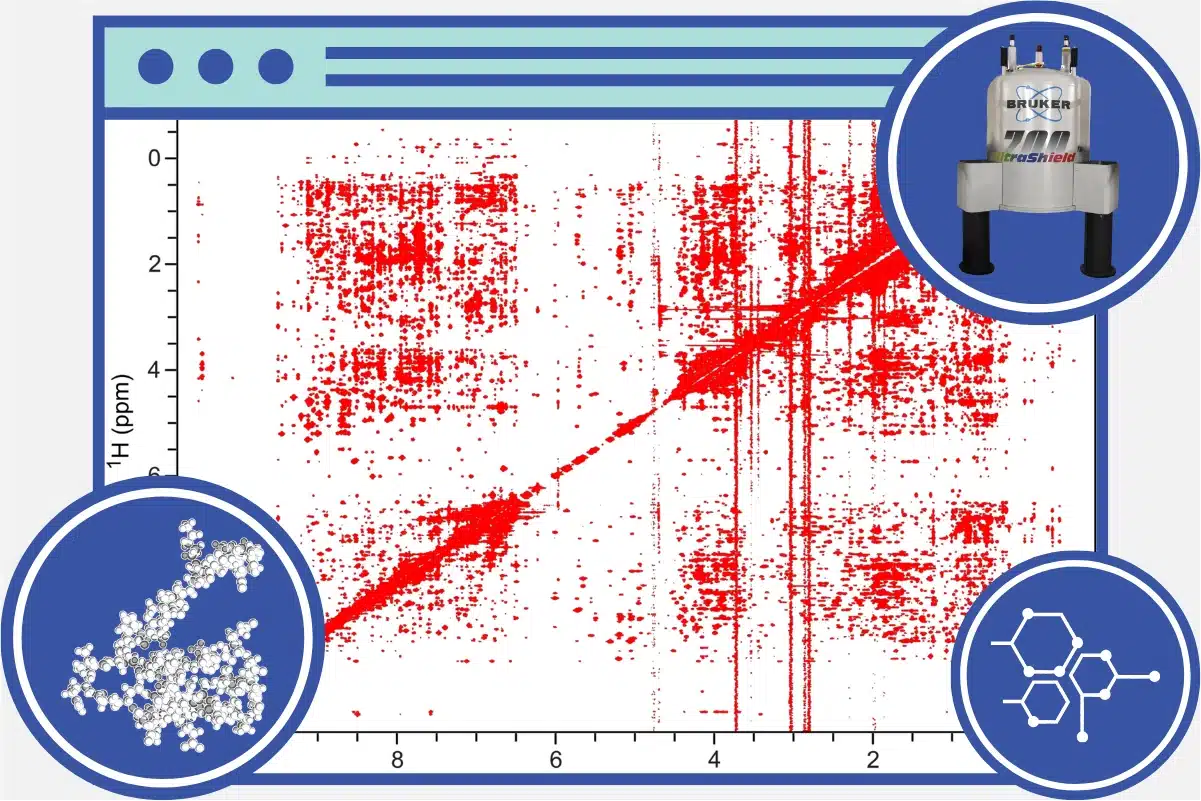A Vision for Open Research Data (ORD)
The open sharing of research data is essential for progress and excellence in all scientific fields and research disciplines. ORD makes research results transparent and more robust by enabling the re-use of data. It facilitates research collaboration across disciplines and institutions, fostering creativity and innovation. The ability to see and understand what research is doing is of great value to society and is becoming a vital resource in addressing global challenges.
The ETH Domain* is a cooperative network that contributes to the positioning of Swiss research on the international stage. This network has a clear position on how a common ORD future should be built, in which the challenges of sharing data (e.g. ethical, legal, personal, security, financial and embargo) are carefully addressed. Bringing ORD to a next level, however, depends first and foremost on the commitment of the researchers, the availability of suitable infrastructure and supporting services, and an environment that values ORD as an important research output.
By realising this vision, the ETH Domain underlines its ambition to play a leading role in the implementation of the ORD.
*The ETH Domain comprises the two Federal Institutes of Technology – ETH Zurich and EPFL in Lausanne – and the four Research Institutes – Paul Scherrer Institute (PSI), Swiss Federal Institute for Forest, Snow and Landscape Research (WSL), Swiss Federal Laboratories for Materials Science and Technology (Empa) and Swiss Federal Institute of Aquatic Science and Technology (Eawag). It is strategically managed by the ETH Board.
An ORD Program for the ETH Domain
The ETH Board has now launched an ORD program for the institutions of the ETH Domain under its supervision. This ambitious program aims at promoting pioneering projects related to ORD, jointly driving process and infrastructure developments, and offering information and training on the topic of ORD across institutions. It thus promots estabishing an increasingly coherent path through the research process.
The ORD program of the ETH Domain runs from the beginning of 2020 until the end of 2024. Within the framework of this program, measures were definied to promote and improve the practice of ORD synergistically at all institutions of the ETH Domain.
The ORD measures of the ETH Domain are coordinated with the National ORD Strategy that is being developed in coalition with the Swiss Science National Foundation (SNSF), the Academies of Science (A+) and swissuniversities.
This website provides an up-to-date overview of the status of the multi-year programme. You can also read about how these pages are gradually developing into a central online ORD resource for all researchers in the ETH Domain.
Open Research Data Projects in Focus



